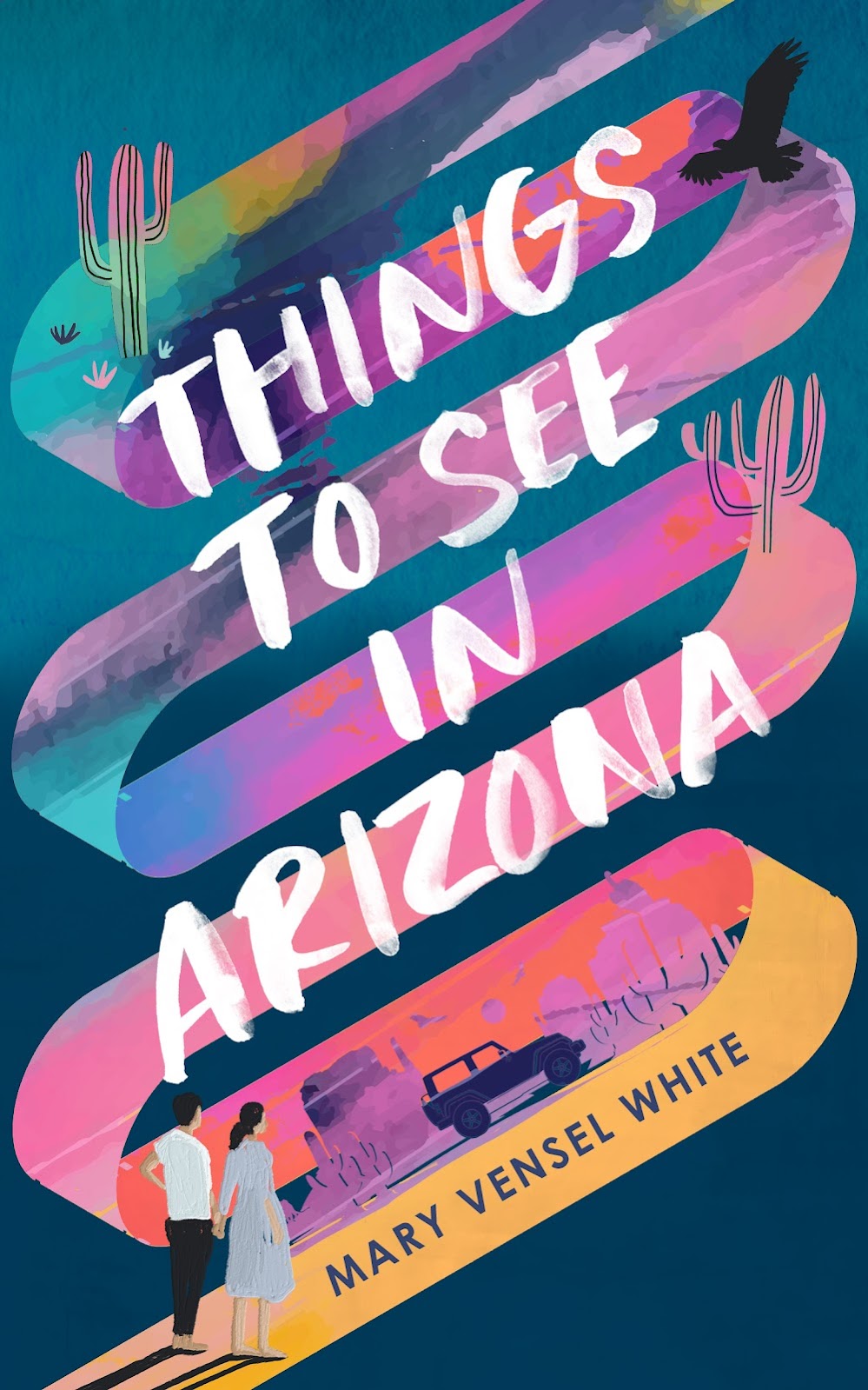I recently read a book about narrative form. Wait, don’t stop reading! The book is Meander, Spiral, Explode, by Jane Alison, an author and writing teacher. Her premise is fairly simple: the traditional story arc is a limited way to imagine the creation of fiction. Why not use other patterns, those found in nature and all around? Why not meander through the text, exploring side alleys. Or maintain a bit more focus, with a plot that spins in a spiral around a central point. Or construct a narrative in which “a powerful center holds the fictional world…tightly in its gravitational force." In other words, an explosion. Alison takes us through a variety of patterns, with examples from literary history and with an eagerness for discovery and creation. For a good summary of the book’s argument, read this.
“The point now: Sebald’s
Emigrants was the first book to show
me a way beyond the casual arc to create powerful forward motion in narrative:
motion less inside the story than inside your mind as you construct sense. This
motion involved pattern, arising (I later learned) ‘from the spatial
interweavings of images and phrases independent of any time-sequence of
narrative action’ (Joseph Frank, ‘The Idea of Spatial Form’).”
Aside from the text mentions, what she’s talking about is
that sense of figuring things out, that exercise of filling in white space with
what your conscious (and subconscious) is absorbing as you read a story. Plot
and character clues, yes, but also the building of elements such as repeated
imagery, or the deepening of meaning when a phrase is repeated or used at
pivotal moments. Stuff like that. Think about when you’re reading a mystery and
something suddenly becomes apparent. A lightbulb moment. That feeling, only it’s
about the entirety of the thing you’re
reading.
And it occurs to me that this has been a preoccupation of
mine from the first moment I began to write. My autobiographical first novel,
about the experience of being adopted and finding my biological family, was
written from the POV of three different women, each with their own story
stemming from that event—the adoption—and how it shaped their lives. Alison
might call that a radial, or explosion. The second novel I wrote was called ”Good
Sunday” and although I did imagine a structure for it, roughly related to the
Catholic Church’s Stations of the Cross (don’t ask—I was young!), this novel
takes place over the course of the day and really is probably a meander, as it
unifies the story and characters through a series of seemingly random events
and imagery. In my third finished (and first published) novel, The Qualities of Wood, my initial
impulse was to write a book that seemed like a mystery—with a dead body and
cast of possible suspects—but surprise!—the real
mystery would be the slow revelation of character, which would sneak up almost
imperceptibly as the main character thinks she’s actually solving something
else. (A note: as it turns out, readers of mystery, by and large, are not thrilled with a book that pretends
to be a mystery but actually isn’t).
And I’ve yammered on and on this year about my most recent
book, Bellflower, which is certainly
my most obvious experimentation with form. I won’t say more since I’ve already
said plenty, but you can read about its form here.
I think anything I write moving forward will start with a
consideration of form. If you had asked me where those past projects began, I
might have said things like setting, or character, or—in the case of yet
another unpublished, untitled novel I wrote after TQOW—an idea. Form is
something I deal with as a writing teacher, when I point out the traditional
arc structure, show examples of novels that effectively employ it, and then, those
that effectively don’t. All of teaching (and learning) about writing seems to
follow another type of pattern: Here is what has been written already. Here are
some “rules.” Here are things that follow the rules and are wonderful. Here are
things that don’t, things that were a deviation and a surprise and yet, are
equally or even more wonderful. What’s better than stumbling upon a new, unpredicted
path? Writers have always pushed against constraints; form experimentation is
nothing new. But flexing your creative muscles with new types of training is
always a good idea and form is a good place to start.














